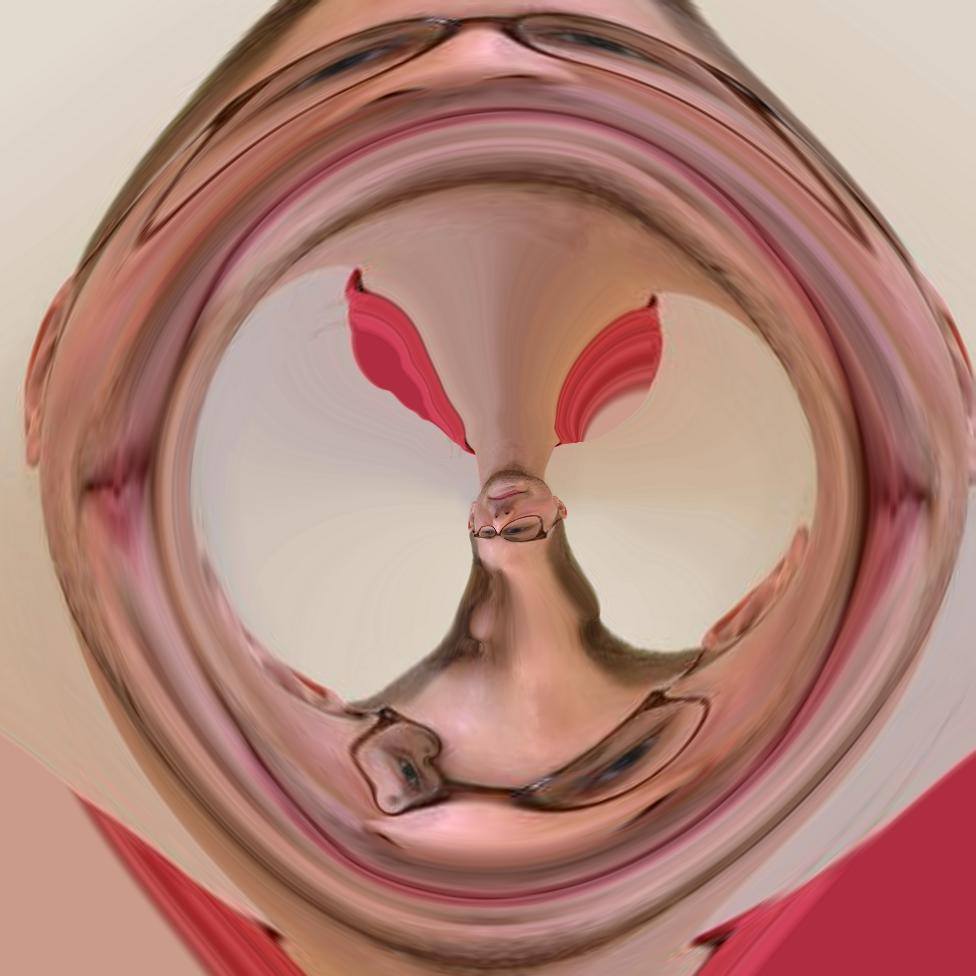Bio

Since 2020: Royal Society University Research fellow, Department of Physics, Imperial College London (UK)
I am also involved in the UCL Cosmoparticle Initiative.
2015-2019: NASA Einstein Fellow, and Simons Junior Fellow, Center of Cosmology and Particle Physics, New York University (USA)
2011-2015: PhD student (advisor: Hiranya Peiris), Department of Physics & Astronomy, University College London (UK).
2006-2011: “Diplome d’Ingénieur” (M.Eng.) from University of Mons (Belgium) and Supélec (France) 2008-2011: M.Sc. in Physics, University Orsay Paris Sud (France)
I am originally from Belgium.
Research

I am an astro-statistician: I use the latest techniques in data science and statistics to extract information from astronomical data sets. My research interests span observational cosmology and astrophysics: I develop innovative methods to optimally use cosmological data sets and address fundamental questions like measuring the properties of dark matter, dark energy, neutrinos, the structure and dynamics of the Milky Way, etc.
If you’d like to know more about my exact research projects, you can check out my publications on ArXiv and Google Scholar.
Some of my talks/presentations are available on SpeakerDeck.
“Essentially, all models are wrong, but some are useful.”
– Empirical Model-Building and Response Surfaces by G. E. P. Box and N R. Draper (1987)
